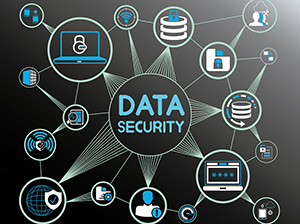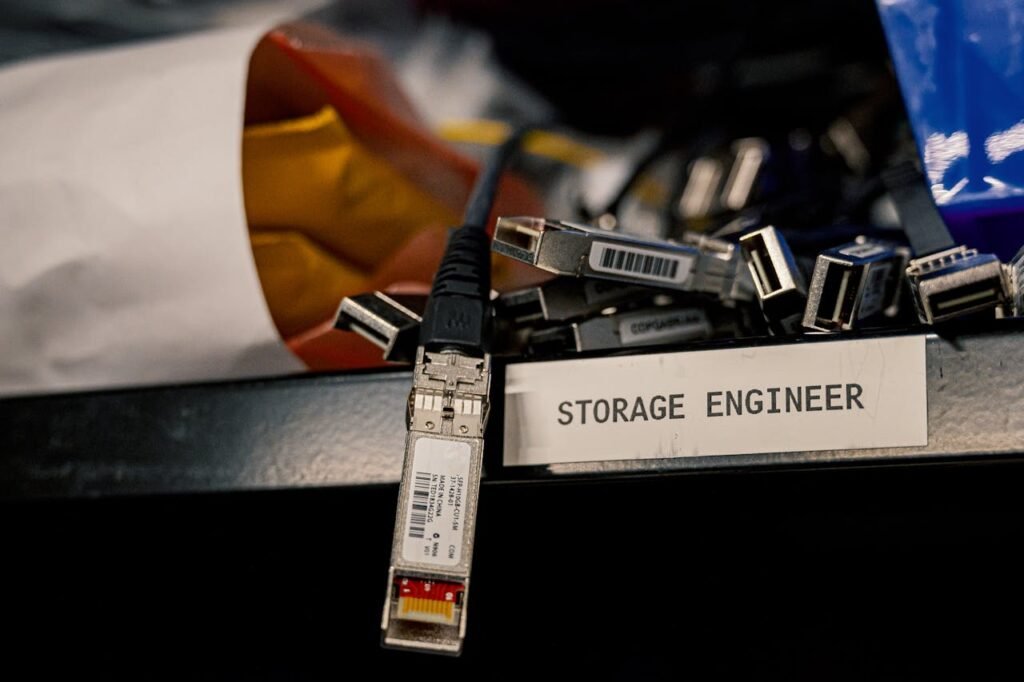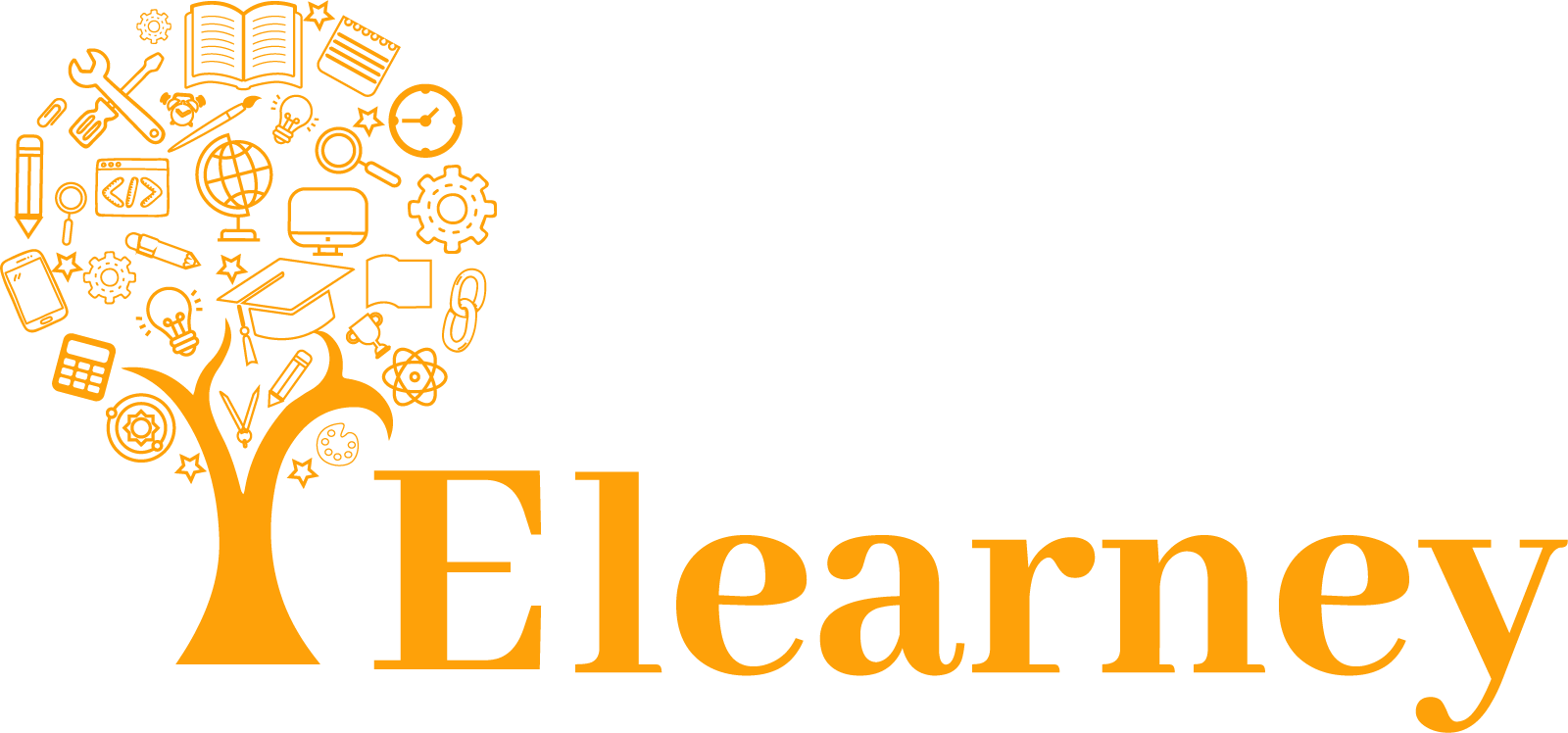
How to Ensure Data Security in Your Moodle™ LMS
- By admin
Say goodbye to the old ways of creative thinking and hello to the digital agency revolution! Creativity has never been this fun and exciting. Let’s dive in and explore the world of limitless possibilities through the eyes of digital experts!
How to Ensure Data Security in Your Moodle™ LMS
Ensuring data security in your Moodle™ LMS is essential to protect sensitive information, maintain user trust, and comply with legal regulations. A robust security strategy involves implementing various technical measures, regular monitoring, and adopting best practices to safeguard data from unauthorized access and cyber threats.
The first step in securing your Moodle™ LMS is to implement strong authentication mechanisms. Use multi-factor authentication (MFA) to add an extra layer of security beyond just usernames and passwords. This can significantly reduce the risk of unauthorized access even if login credentials are compromised. Additionally, enforce strong password policies requiring complex passwords that are regularly updated. Access control is another critical aspect. Assign user roles and permissions carefully to ensure that users only have access to the resources they need. Regularly review and update these permissions to reflect any changes in roles or responsibilities. Implementing role-based access controls (RBAC) can help streamline this process and ensure consistency.
Protecting data in transit is crucial to prevent interception by malicious actors. Use Secure Sockets Layer (SSL) or Transport Layer Security (TLS) certificates to encrypt data transmitted between users’ browsers and your Moodle™ server. This encryption ensures that any data exchanged, such as login credentials, personal information, and course materials, remains confidential and secure from eavesdropping and tampering.
Keeping your Moodle™ LMS and its components up-to-date is vital for security. Regularly apply updates and patches to the core Moodle™ software, plugins, and themes. These updates often include security fixes that address known vulnerabilities. Establish a maintenance schedule to ensure updates are applied promptly, and consider enabling automatic updates where possible to minimize the risk of forgetting critical patches.
Regular data backups are essential for recovering from data loss incidents, such as hardware failures, accidental deletions, or cyber-attacks like ransomware. Implement a comprehensive backup strategy that includes frequent, automated backups of your Moodle™ database and files. Store backups in multiple locations, including off-site or cloud storage, to ensure redundancy. Test your backup and recovery procedures regularly to verify that data can be restored quickly and accurately in case of an emergency.
Continuous monitoring and auditing are crucial for detecting and responding to security threats in real-time. Utilize monitoring tools and services to track system performance, user activity, and potential security breaches. Set up alerts for suspicious activities, such as multiple failed login attempts, unexpected changes to user roles, or access from unusual locations. Regularly conduct security audits to assess the effectiveness of your security measures and identify any vulnerabilities. These audits should include reviewing access logs, analyzing security configurations, and testing for common vulnerabilities such as SQL injection or cross-site scripting (XSS). Address any identified issues promptly to strengthen your security posture.
Human error is often a significant factor in security breaches. Educate and train your users on best practices for data security, such as recognizing phishing attempts, creating strong passwords, and securely handling sensitive information. Regular training sessions and awareness programs can help users stay vigilant and informed about potential security threats.
In conclusion, ensuring data security in your Moodle™ LMS requires a multi-faceted approach that includes strong authentication, secure data transmission, regular updates, robust backup solutions, continuous monitoring, and user education. By implementing these best practices, you can protect sensitive information, maintain user trust, and create a secure learning environment for all users. Regularly review and update your security measures to keep pace with evolving threats and technological advancements, ensuring that your Moodle™ LMS remains a safe and reliable platform for education.


